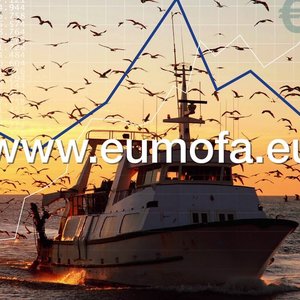Approximately 70% of the aquatic-based production of animals is fed aquaculture, whereby animals are provided with high-protein aquafeeds. Currently, aquafeeds are reliant on fishmeal and fish oil sourced from wild-captured forage fish. However, increasing use of forage fish is unsustainable and, because an additional 37.4 million tons of aquafeeds will be required by 2025, alternative protein sources are needed.
Beyond plant-based ingredients, fishery and aquaculture byproducts and insect meals have the greatest potential to supply the protein required by aquafeeds over the next 10–20 years. Food waste also has potential through the biotransformation and/or bioconversion of raw waste materials, whereas microbial and macroalgal biomass have limitations regarding their scalability and protein content, respectively.
In this review, researchers describe the considerable scope for improved efficiency in fed aquaculture and discuss the development and optimization of alternative protein sources for aquafeeds to ensure a socially and environmentally sustainable future for the aquaculture industry.
Researchers said that the greatest challenges to alternative protein sources in aquafeeds include variable protein content and the feasibility of increasing production, which is a function of available processing technologies, cost and scalability. There is enormous potential for technological improvements to consistently produce high-quality alternative protein products with enhanced nutritional profiles, while economies of scale can result in improved price competitiveness.
Download the open access article here.










